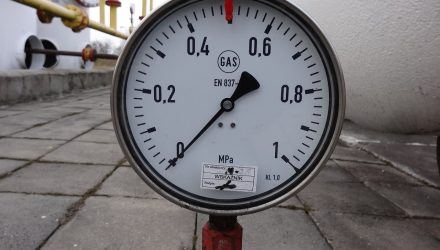Oil prices are retreating, weighing on the Energy Select Sector SPDR (NYSEArca: XLE), the largest equity-based energy exchange traded fund, and rival ETFs, but energy equities remain viable ways for investors to hedge against inflation.
Market observers believe the sector can continue its recent rebound. Current OPEC compliance with production cut plans remains above their historical average, and it usually takes between two to three quarters for inventories to normalize after the cuts. The challenge for energy equities is that some oil market observers see more declines coming for crude. Oil traders are concerned over how fast U.S. shale oil producers will increase production to capture the rising prices.
“Overall, equities are not that correlated with inflation at just over 0.2,” said S&P Dow Jones Indices. “However, the energy sector correlation to inflation of 0.6 is triple the correlation of the broad equities to inflation. The crude oil futures are even more correlated to inflation, measuring over 0.8, that is considered highly correlated. This is because energy is the most volatile component of CPI, essentially driving it.”
Over the past 10 years, no sector is as correlated to inflation as is energy and the competition is not even close, according to S&P Dow Jones data.
Declining prices in recent years have prompted scores of major oil producers to rein in capital spending. Technological improvements and greater efficiency has helped U.S. shale producers pump out crude oil at lower margins – some say it is now profitable at less than $50 per barrel. Additionally, companies are finding easy access to credit and private-equity firms have bought out struggling companies, which have kept production flowing.
“Though the problem with getting inflation protection with crude oil futures is that market participants need to pay storage costs, reflected through the roll yield when there is excess inventory,” according to S&P. “In a decade plagued with high inventory, this has cost crude oil futures investors an additional 48% beyond the -37% lost in the spot market. The result has been a negative up market capture ratio of -109.7, meaning for every 1% rise in inflation, the S&P GSCI Crude Oil Excess Return actually fell by 1.1% on average in the past 10 years.”
For more information on the oil market, visit our oil category.
